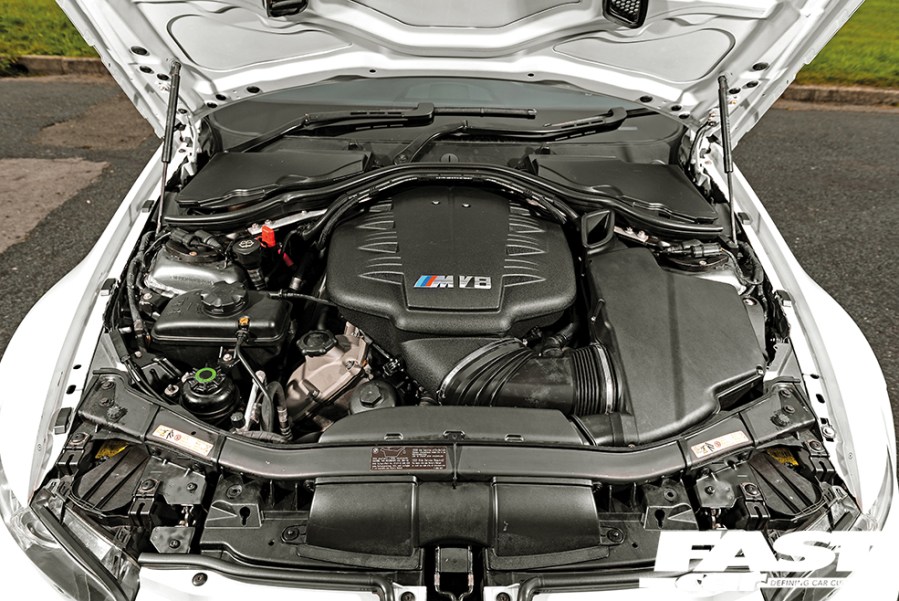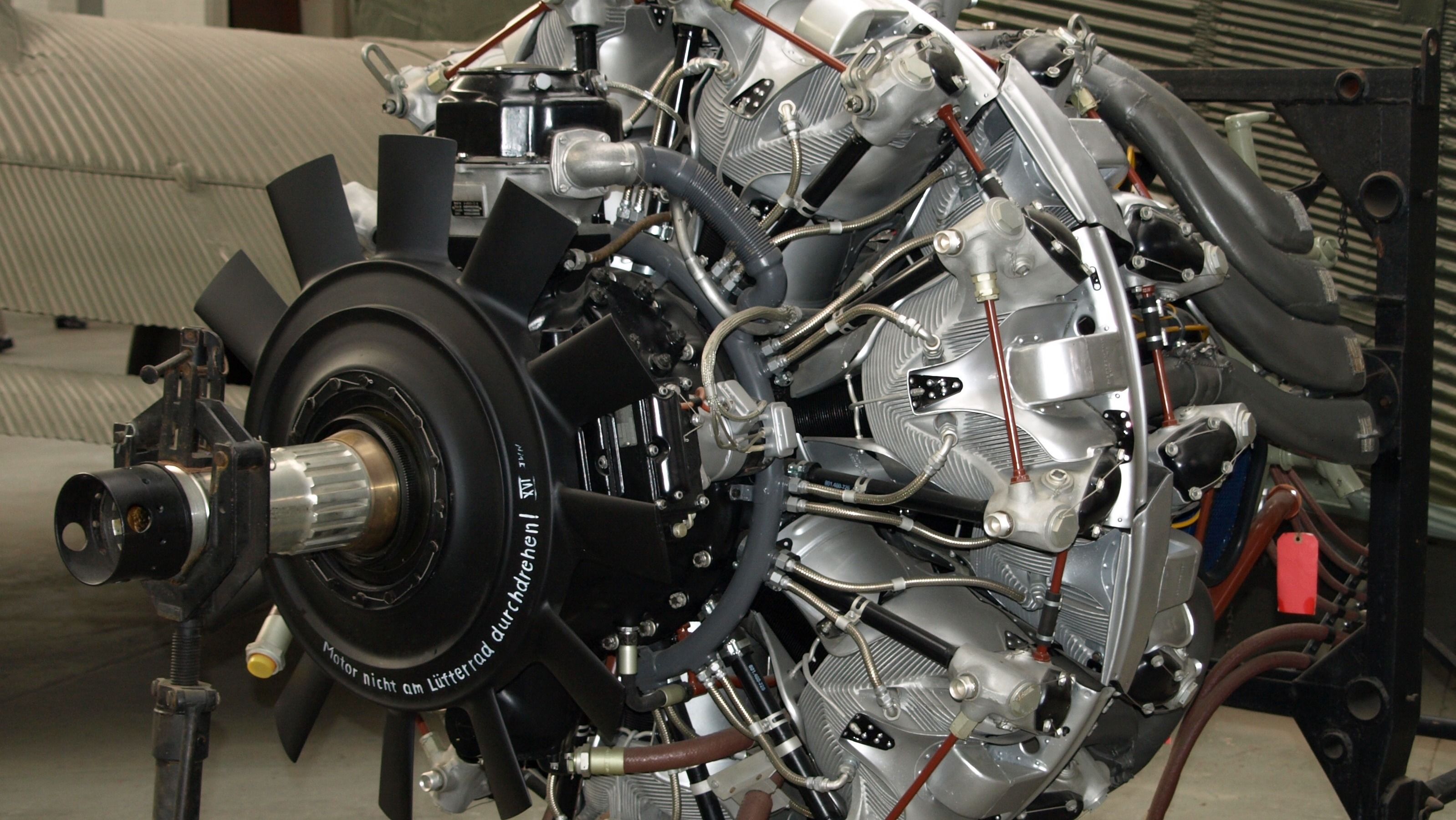Checking Out the Efficiency Enhancements of the most recent BMW Engine Models
Checking Out the Efficiency Enhancements of the most recent BMW Engine Models
Blog Article
Exploring the Evolution of Combustion Engines in Modern Transportation Systems
As we navigate the landscape of modern transport, the advancement of combustion engines stands as a testament to human resourcefulness and engineering expertise. The interplay of background, innovation, and environmental concerns in forming the trajectory of combustion engines develops a story that is both insightful and compelling.
Early Beginnings of Combustion Engines
How did the principle of burning engines first arise in the onset of transport advancement? When the principles of inner combustion were initial explored, the origins of combustion engines can be mapped back to the 17th century. In 1673, Christian Huygens conceived a fundamental internal combustion engine that utilized gunpowder to create power. Nonetheless, it wasn't till the late 19th century that useful applications of burning engines in transportation started to emerge.
The development minute came with the development of the first successful gasoline-powered engine by Karl Benz in 1885 - bmw engine. This engine led the way for the development of the contemporary auto, transforming transport systems worldwide. Succeeding innovations by Nikolaus Otto and Gottlieb Daimler further fine-tuned burning engine technology, leading to the automation of cars and the quick expansion of the transportation market
These very early burning engines were characterized by their simplicity and effectiveness, laying the foundation for the complicated and powerful engines made use of in contemporary transportation systems. The evolution of burning engines has actually been important in forming the way we travel and transport products, marking a significant milestone in the background of transportation development.
Shift to Internal Combustion Innovation
The transition to inner burning technology noted an essential change in the development of transport systems. This shift began in the late 19th century, with developers like Nikolaus Otto and Gottlieb Daimler creating the first effective inner burning engines. These engines transformed transportation by providing an extra powerful and effective choice to heavy steam engines and electric motors.
One of the key advantages of internal combustion engines was their ability to be reduced to match vehicles, leading to the advancement of autos and bikes. This shift from large, fixed engines to compact, mobile ones led the way for the modern transport systems we see today.
The shift to inner burning innovation also spurred developments in fuel innovation, causing the development of fuel and diesel as primary fuel resources for vehicles. This shift not only made transport a lot more accessible to the masses yet additionally laid the foundation for the oil and gas industry to become essential to worldwide economic climates.
Impact of Combustion Engines on Transportation
The adoption of combustion engines in transport systems militarized a profound shift in the efficiency and rate of international movement. Combustion engines revolutionized transport by supplying a versatile and reputable source of power for numerous automobiles, including cars and trucks, ships, airplanes, and vehicles. This innovation dramatically boosted the capacity for products and people to conform long distances in shorter you can try this out amount of time, causing raised connection in between areas and nations.
Furthermore, the widespread use of combustion engines has had a considerable effect on economic development. The ability to transfer items efficiently has stimulated trade and commerce, permitting organizations to increase their markets and reach customers worldwide. This has actually helped with financial development and globalization, as products can now be transported faster and in bigger amounts than ever previously.
However, the environmental influence of burning engines can not be ignored. The combustion of nonrenewable fuel sources has actually brought about air pollution and greenhouse gas emissions, adding to environment modification and positioning health threats to populaces. bmw engine. Consequently, there is an expanding focus on developing alternative propulsion modern technologies to alleviate these negative results and produce a much more sustainable future for transport
Advancements in Combustion Engine Layout
One notable development is the development of turbocharged engines, which utilize exhaust gases to drive a generator that compresses incoming air, permitting for more fuel to be scorched, resulting in boosted power output without a significant boost in engine dimension. Variable valve timing systems have also revolutionized engine design by maximizing air movement at different engine rates, improving both power and effectiveness. These innovations collectively contribute to the constant improvement of burning engines in modern-day transportation systems.
Future Fads in Combustion Engine Development
With technology advancements driving continuous technology, the future of combustion engine development is positioned to reinvent transport systems internationally. One of the crucial fads in burning engine advancement is the press in the direction of better effectiveness and reduced emissions.
One more noticeable fad is the fostering of hybrid innovations in burning engines. Crossbreed engines combine standard combustion innovation with electric power, offering improved gas effectiveness and lower exhausts. this link As the vehicle market changes in the direction of electrification, crossbreed burning engines are seen as a transitional option that links the void in between traditional vehicles and completely electric ones.
In addition, the integration of clever innovations, such as artificial knowledge and data analytics, is anticipated to play a substantial function in the future of combustion engine development. These modern technologies can maximize engine performance in real-time, resulting in a lot more effective burning processes and boosted overall lorry performance. Embracing these future fads will not only drive development in burning engine development yet additionally contribute to a more lasting and environmentally friendly transportation ecological community.

Verdict
In verdict, the advancement of burning engines in modern transportation systems has actually been noted by considerable improvements in technology and layout. From the early starts of burning engines to the change to internal burning innovation, these engines have had a profound influence on transport. Advancements in burning engine design remain to drive progression in this area, with future patterns concentrating on more boosting performance and reducing emissions. The future of burning engines in transport looks appealing as r & d efforts continue to press borders.
The origins of burning engines can be traced back to the 17th century when the concepts of internal combustion were first explored. These engines changed transport by using a more efficient and effective alternative to vapor engines and electric motors.

Report this page